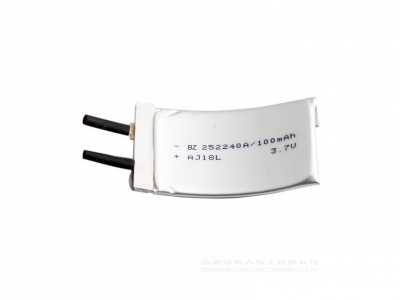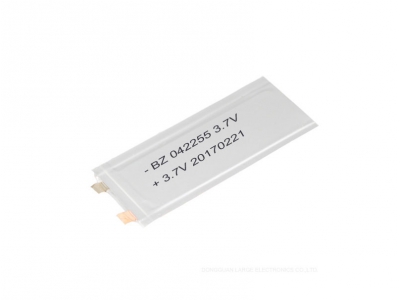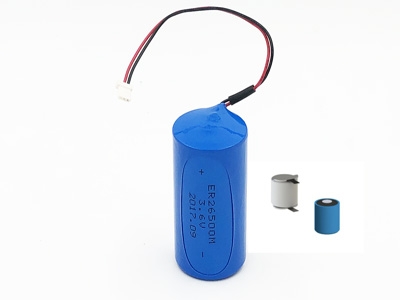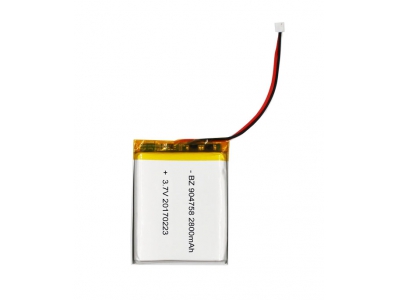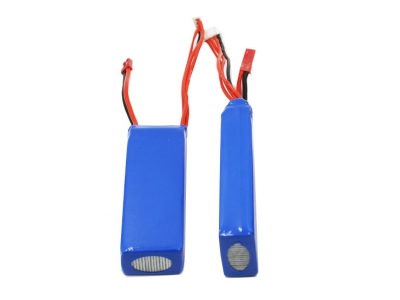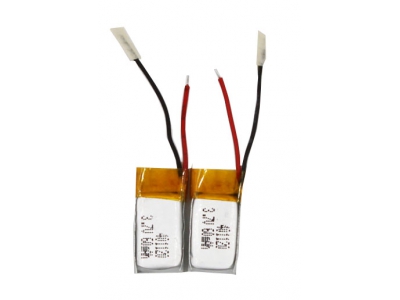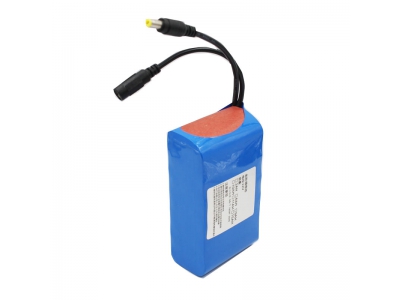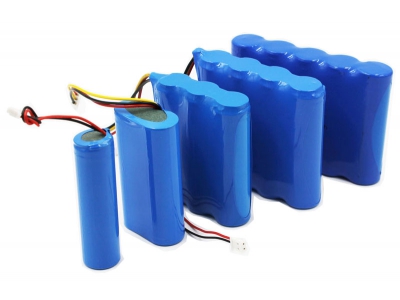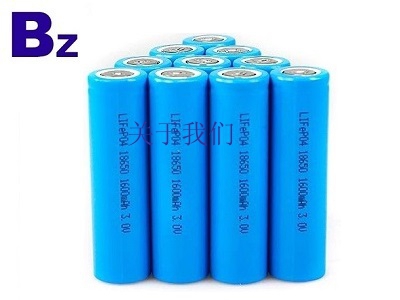Precautions for carrying a lithium battery on an airplane
What is a lithium battery? It is the battery used by our usual phones, computers, and digital cameras. In recent years, the aviation industry has greatly enhanced the regulations on aircraft on lithium batteries. If passengers are unclear, if they carry too many lithium batteries on the plane, they will cause great disaster at any time. So be sure to know the items about the aircraft with a lithium battery and enjoy a peace of mind.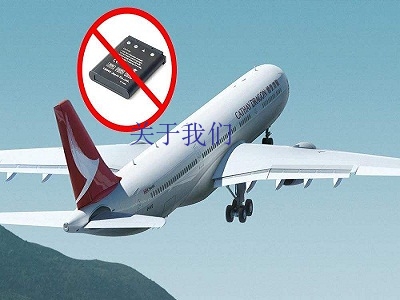
Do you want to carry it with you or check your lithium battery?
Neither the power supply nor the lithium battery can be checked. It must be carried in the hand luggage and carried on the plane. Because of the increasing number of accidents caused by rechargeable batteries in recent years, many rechargeable batteries are not designed to be safe enough to cause sparks or explosions under certain conditions, so lithium batteries cannot be checked on any flight.
Whether a lithium battery can be boarded depends on its configuration and its watt-hour (Wh) rating (in terms of rechargeable lithium ion/polymer batteries). When passing the security check at the airport, if the security personnel think that your lithium battery does not meet the requirements, it will be confiscated.
Do you want to carry electronic products that the lithium battery cannot be disassembled?
You can follow the following two methods:
All detachable spare batteries and stand-alone lithium batteries, such as those used in mobile phones, cameras, and tablets, can be carried with them as long as they can be removed.
Lithium batteries that cannot be disassembled, such as iPhones, MacBooks, etc., cannot be replaced with lithium batteries. In theory, passengers can check these products, but the airport security will carry out additional security checks on the bags.
How many lithium batteries can I carry per person?
Each airline‘s regulations vary. In general, airlines use the capacity of the battery to determine the number of lithium batteries that each passenger can carry. Each passenger can only carry 20 spare batteries below 100 watts (Wh) / 2 gram lithium capacity (LC), and up to 2 spare batteries with a capacity of 100Wh to 160Wh. Large lithium batteries above 160Wh must be declared and shipped in accordance with the IATA Dangerous Goods Regulations and cannot be carried as baggage.
How to calculate the capacity of the spare lithium battery?
Lithium batteries are usually printed with the words mAh and V. The mAh is "milliampere hours". We need to convert it to "watt hour". The battery of some devices will directly list the battery capacity with "Wh", but the battery is normal. "mAh" is used as the unit of battery capacity. The conversion of "mAh" to "Wh" is as follows:
E(Wh)=Q(mAh)×V(V)/1000
Calculated by the battery of SamsungGALAXYS3, the capacity of the battery is 2100mAh, and the voltage is 3.8V. If it is converted to "Wh", it is 2100x3.8/1000=7.98Wh.
Do you need a special packing for lithium battery to carry?
Each lithium battery needs to be wrapped in a container to ensure that the positive and negative terminals of the battery are not short-circuited. It is best to wrap the package in original retail packaging or wrap the electrode in tape. In addition, passengers can also place lithium batteries in insulated battery or plastic bags.
It is strictly forbidden to carry a lithium battery trolley?
Lithium battery small vehicles are electric two-wheeled skateboards, hot wheels, balancers, unicycles, other balance scooters and mini-Segway balancers. Due to the flammability of small lithium-ion battery vehicles, as of December 9, 2015, all lithium-ion battery vehicles and related components are prohibited from being carried on all airmails. If the passenger takes the type of item to the airport at check-in, the item will be rejected and the passenger must be responsible for handling the prohibited item before boarding.






